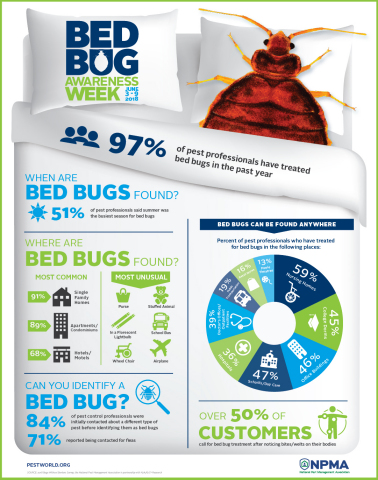By Gaining Insight Right Into The Ins And Outs Of Rodent Nesting Behaviors, You Can Create An Extensive Technique To Rodent Control That Outsmarts These Parasites
By Gaining Insight Right Into The Ins And Outs Of Rodent Nesting Behaviors, You Can Create An Extensive Technique To Rodent Control That Outsmarts These Parasites
Blog Article
Authored By-TRUE Waugh
When it concerns rodent control, understanding usual rodent habits is essential to successfully handling invasions. Did you know that rats have some interesting nesting behaviors that might shock you? By discovering their elaborate actions, you can acquire important understandings right into exactly how to deal with rodent problems in a more critical and reliable manner. So, let's untangle the secrets behind these animals' actions and find out exactly how to outsmart them in your rodent control efforts.
Rat Nesting Habits
When observing rodents in their natural environment, you'll notice that they proactively seek out products to build their nests. Rats, such as mice and rats, are resourceful animals that use a range of items like twigs, leaves, paper, and textile to build their homes. They're thorough in their nest-building procedure, usually lining their nests with softer products like fur or plumes to produce a cozy environment.
Rodents choose to develop their nests in covert and safe places to safeguard themselves and their young from killers. Usual nesting places include wall tooth cavities, attics, cellars, and also within insulation materials. By building their nests in these private locations, rats can securely increase their spawn away from possible threats.
It is important to understand the nesting practices of rats when implementing control procedures. By disrupting their nests or eliminating products, you can discourage rats from establishing a presence in your house or building. get redirected here and sealing off entry factors are additionally critical action in protecting against rodent problems.
Rodent Feeding Patterns
After observing rodents' nesting behaviors, it ends up being noticeable that their feeding patterns play a crucial role in their daily lives and habits. Rats, consisting of computer mice and rats, are opportunistic feeders, implying they'll consume whatever food resource is readily offered. They're largely nocturnal animals, preferring to forage for food throughout the cover of night to avoid predators.
Rats have a varied diet regimen, varying from grains, seeds, fruits, and veggies to pests, nuts, and also little animals. This versatility in their food selections allows them to prosper in different environments, including city areas where human food sources are plentiful.
Their feeding patterns aren't just driven by cravings but also by the need to stockpile food for times of deficiency. This actions is especially recognizable to prepare for winter season or when nesting. Rats are understood to hoard food in their nests or burrows, guaranteeing a constant food supply. Recognizing their feeding patterns is crucial in executing efficient rodent control actions to interrupt their food resources and prevent problems.
Rat Motion and Traveling
Rodents navigate their environments with dexterity and stealth, using their keen senses to move swiftly through their atmospheres. These creatures are skilled mountain climbers, able to scale wall surfaces and vertical surface areas easily. They can additionally press via remarkably tiny openings, making it crucial to seal any prospective entrance factors in your house.
When it pertains to taking a trip, rodents tend to comply with familiar courses, producing routes along wall surfaces or skirting the edges of rooms. They're creatures of habit, frequently adhering to these developed courses as they forage for food or discover their surroundings.
Rats are understood for their nighttime practices, so you might hear them scooting about in the evening as they search for food and water. Their movements are quick and irregular, allowing them to dart in and out of sight in the blink of an eye.
Comprehending how rats move and take a trip can aid you identify prospective invasion areas in your home and take proactive steps to avoid these insects from getting a foothold.
Conclusion
As you function to control rats in your house, keep in mind that recognizing their behavior is key. By recognizing their nesting practices, feeding patterns, and motion, you can effectively stop invasions.
Together, by taking proactive steps to get rid of food sources and seal off entry points, you can interrupt their familiar paths and force them to seek brand-new places, inevitably lowering the chance of rodent presence in your living spaces.
